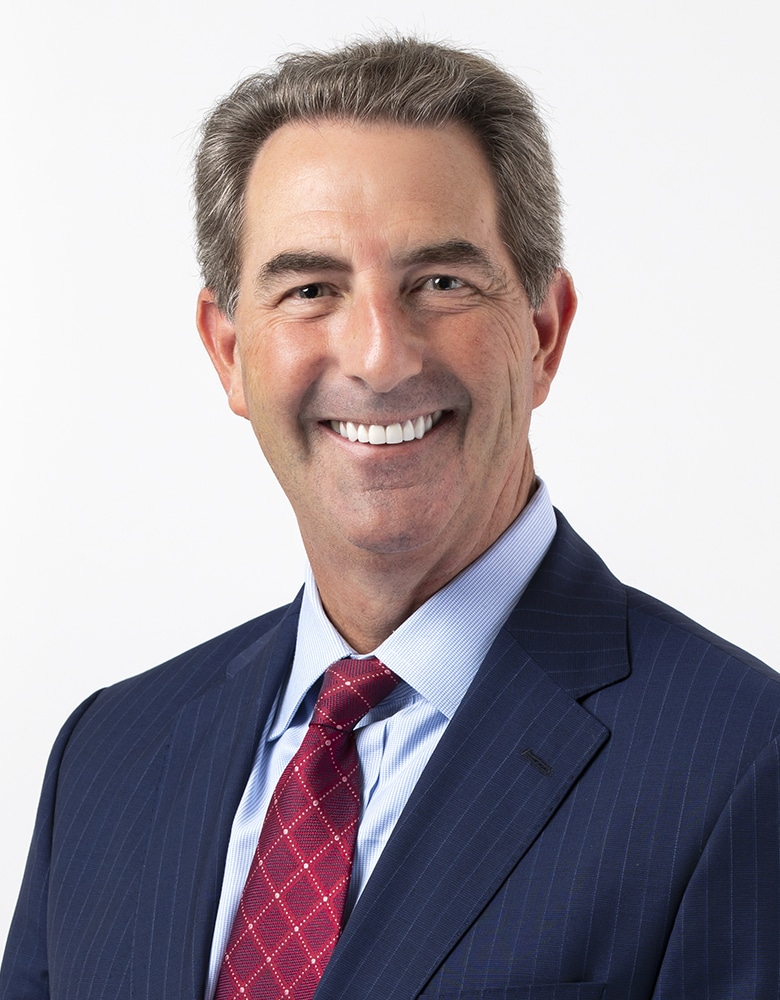
Now is the time to consult with your professional advisors, as well as experts at organizations like the Community Foundation.
“As these rules become more and more complex, working with the professionals at the Community Foundation and their peers, those who are knowledgeable in the rules can help make donors aware of them, empowering donors to make better decisions,” said Mark Parthemer, Chief Wealth Strategist and Florida Regional Director for the Glenmede Trust Company.
Parthemer is a well-known tax and estate attorney, author, and nationally recognized speaker who recently testified before the U.S. Congress.
He highlighted a few of the major changes that can impact charitable giving this year and beyond.
For donors who routinely donate over a few years, whether its $20,000, $200,000 or $2 million a year, it may make sense to make all those donations this year, before 2026.
“It might be tax-wise for you to bunch your deductions by accelerating those gifts, from say over the next four or five years, into a gift this year when the benefits are more generous than they’re going to be starting next year,” he said.
For those who may not want to give that amount directly to a nonprofit organization all at once, they can take steps to address that concern.
“The elegant solution is a donor advised fund,” he said. “Move it today into the donor advised fund and then look to have it doled out over the same cadence that you were going to otherwise use.
“So now the charity gets it when you want them to get it, and you get a bigger deduction and a bigger tax benefit.”
For those who are on the cusp of taking the standard deduction, which is going up, versus itemized deductions, the bunching strategy may work as well.
As the standard deduction increases, individuals in those circumstances may not get the full tax benefits for their charitable giving.
For example, tax filers over 65 get an extra $6,000 in a bonus deduction on top of the standard deduction, under the new law.
“What we tell clients to do is use bunching as a strategy here, too,” Parthemer said. “Instead of giving $5,000 a year and you get no tax deduction for it, let’s put $30,000 into a donor advised fund this year and itemize, and then next year and the year after you take your standard deduction.”
That way the donor is ahead tax-wise, and the charity gets the amount and in the timing that the donor wishes, he said.
Coming Jan. 1 is another change that will impact charitable giving.
A new above-the-line deduction of $1,000 for single filers and $2,000 for joint filers will allow donors to give that amount and then get the tax benefit coming off their adjusted gross income.
While that may sound like small dollar amounts, Parthemer said, the impact to charities across millions of taxpayers could be in the billions of dollars.
The new laws also established a floor and instituted cap or “haircut” for charitable giving.
For high earners, the highest marginal tax rate stays at 37%. However, the “haircut” under the new tax law is that the benefit for the standard itemized deductions is capped at 35%, which applies to all itemized deductions, Parthemer said.
The other new rule establishes a floor for the first time, which impacts both individuals and corporations. Only charitable contributions in excess of .5% and 1%, respectively, of adjusted gross income are deductible.
The higher the income, the larger the impact. For example, if someone is earning $1 million and gives $49,000, which is just under the .5% threshold, the contribution is not tax deductible, Parthemer said.
With the changes to tax law, it’s imperative to consult with tax law and charitable giving professionals.
“There’s a call to action for this year, and you need a plan for future gifts on an ongoing basis,” Parthemer said. “That needs to be done. And you get the better result by partnering with people who are experts in this area.”





